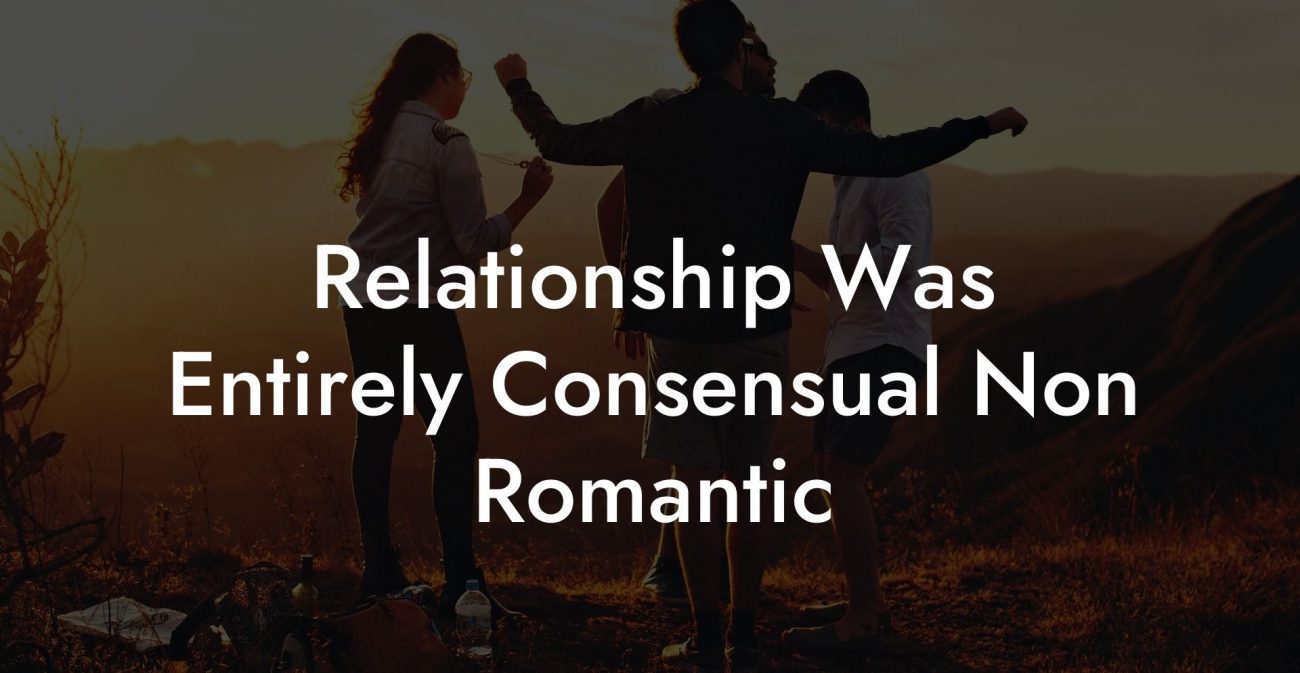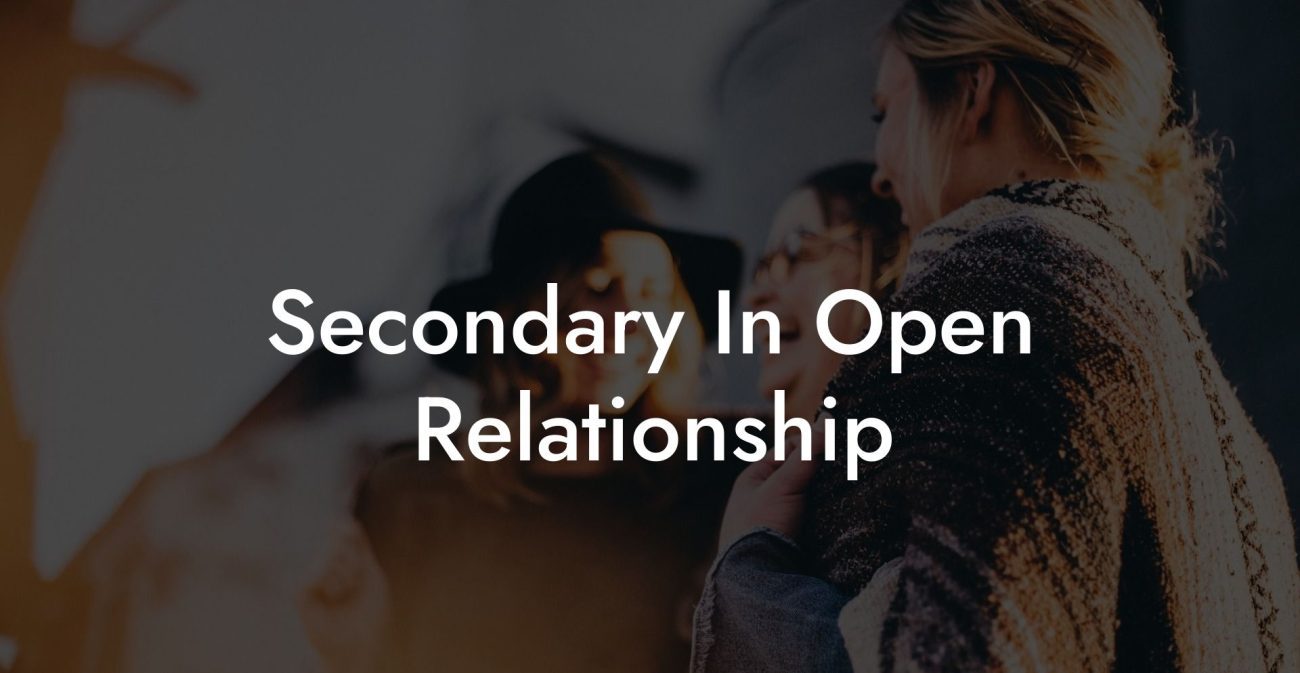Polyamory and swinging are two alternative relationship styles that are growing in popularity and visibility. While both of these lifestyles include non-monogamous relationships, they often have distinct differences and motivations. In this article, we compare the two and explore how they differ in terms of emotional connection, relationship structure, and communication. Understanding the distinctions between polyamory and swinging will allow you to make informed decisions about your own relationship preferences, and help you better understand the experiences of others.
What is Polyamory?
Polyamory is a relationship style that allows individuals to have multiple romantic, emotional, and sexual connections with different partners at the same time, with the consent and knowledge of all involved. The central tenet of polyamory is open communication, trust, and flexibility. It is important to note that polyamorous relationships can take various forms, with each individual customizing their relationship structures to suit their unique needs and preferences. Some common types of polyamorous relationships include:
- Triads or Triangular relationships: Three people are involved in a romantic relationship with one another.
- Quads: These relationships involve four people.
- Vee relationships: A person has two partners who are not romantically or sexually involved with each other.
- Polycules: Complex networks of interconnected relationships. Participants may have multiple primary and secondary partners.
What is Swinging?
Swinging, on the other hand, typically involves couples participating in sexual activities with other couples or individuals, with the primary purpose of recreational sex and without developing deep emotional connections. Swinging may take place at private parties, clubs, or organized events and often focuses on temporary, casual sexual encounters. It is important to note that swinging is usually considered a form of non-monogamous activity within the context of an existing partnered relationship.
Differences between Polyamory and Swinging
- Emotional Connection: One of the major differences between polyamory and swinging lies in the emotional connection between partners. Polyamorous relationships tend to prioritize emotional connections and bonding with multiple partners, whereas swinging mainly focuses on sexual experiences without forming deeper connections.
- Relationship Structure: Polyamorous relationships can take various forms and configurations, with each relationship being unique to the individuals involved. Swinging, however, is predominantly centered around an existing coupled relationship, with external sexual encounters being a supplement to the primary relationship.
- Communication: Open communication and transparency are crucial for both polyamorous and swinging relationships, but the focus differs between the two. Polyamory usually involves ongoing communication about evolving emotions, boundaries, and expectations, while swinging may focus on discussing rules and limits regarding external sexual encounters.
Polyamory Vs Swinging Example:
Imagine a couple named John and Jane. They have been in a committed monogamous relationship for several years and have recently considered exploring non-monogamous relationships. After discussing their desires and boundaries, John and Jane decide that they are most interested in deepening their emotional connections with others and forming meaningful relationships with multiple partners. Thus, they decide to try polyamory. They communicate openly about the partners they are interested in and maintain honest discussions about their feelings, expectations, and boundaries in their new relationships.
In contrast, another couple, Tom and Tina, find themselves interested in the excitement and variety of new sexual experiences with others as a couple, without developing emotional connections. They decide that swinging aligns best with their desires and attend an organized event where they engage in casual sexual encounters with other couples, focusing solely on the physical pleasure of the experience.
While both polyamory and swinging involve non-monogamous relationships, the key differences lie in the emotional connections, relationship structures, and communication requirements. As we've explained, polyamory emphasizes the development of meaningful emotional connections, whereas swinging primarily focuses on recreational sexual experiences. By understanding these differences, you can make an informed decision about which relationship style best aligns with your preferences and values. If you found this article helpful, be sure to share it with others and explore more content about non-monogamy, monogamy, and polyamory on The Monogamy Experiment blog.













